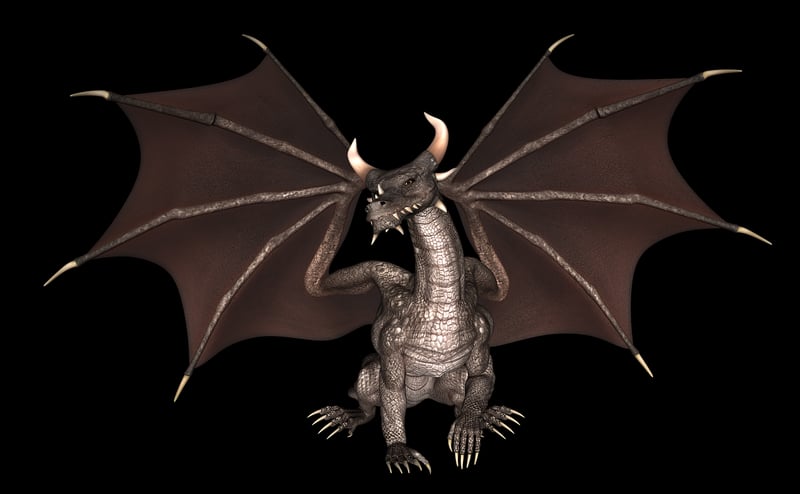Fire-Breathing Beasts
Plants Associated with Dragons and Reptiles
Dragons, reptiles, and fire-breathing beasts have long captured the imagination of people across cultures and time. In folklore and fantasy, these creatures are often depicted in lush, mystical environments teeming with unique flora. Let's explore some plants that are commonly associated with dragons and reptiles:
1. Dragon's Blood Tree
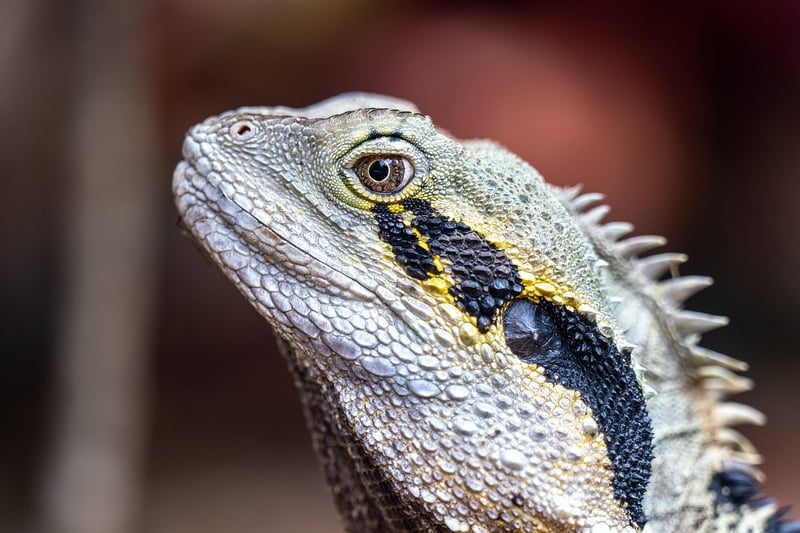
The Dragon's Blood Tree is a distinctive plant with a name that evokes images of mythical beasts. Found in the Socotra archipelago, this tree's red sap has been likened to dragon's blood in folklore.
2. Snake Plant
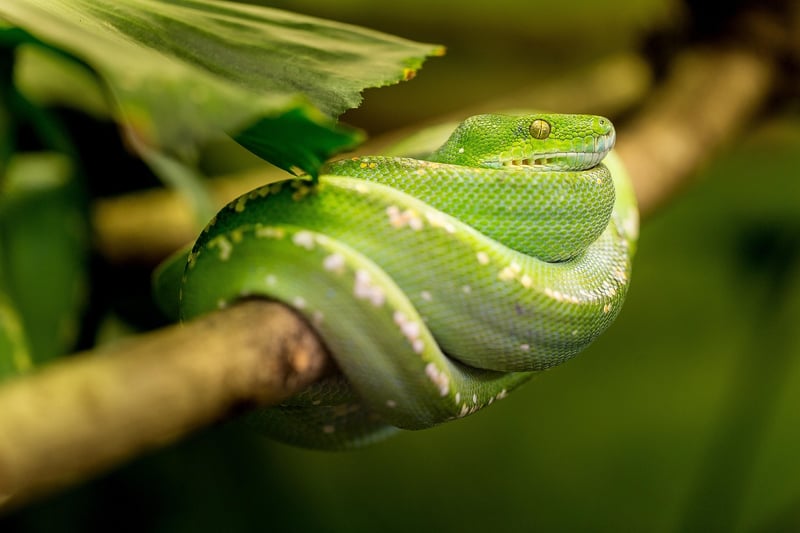
The Snake Plant, also known as Mother-in-Law's Tongue, is a hardy indoor plant with upright, sword-like leaves. Its name and appearance make it a fitting choice for spaces associated with serpents and dragons.
3. Dragon Fruit Cactus
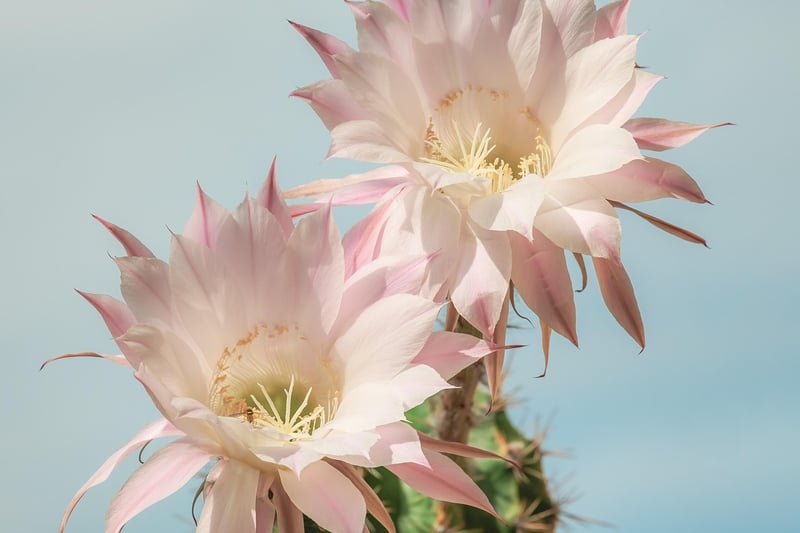
The Dragon Fruit Cactus produces vibrant, dragon egg-like fruits with a scaly exterior. This exotic plant adds a touch of fantasy to gardens and is often linked to dragons in popular culture.
Fire-Breathing Beasts and Fiery Flora
When envisioning fire-breathing beasts like dragons, one can't help but think of fiery landscapes adorned with plants that match their blazing breath. Here are some flora that complement these mythical creatures:
1. Red Hot Poker Plant
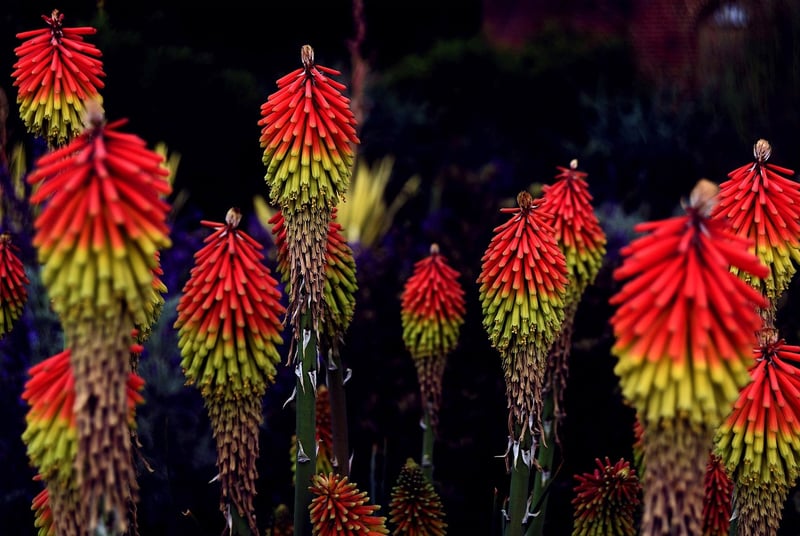
The Red Hot Poker Plant, with its torch-like spikes of red, orange, and yellow flowers, resembles flames bursting forth. It's no wonder this plant is associated with fiery imagery.
2. Flame Lily
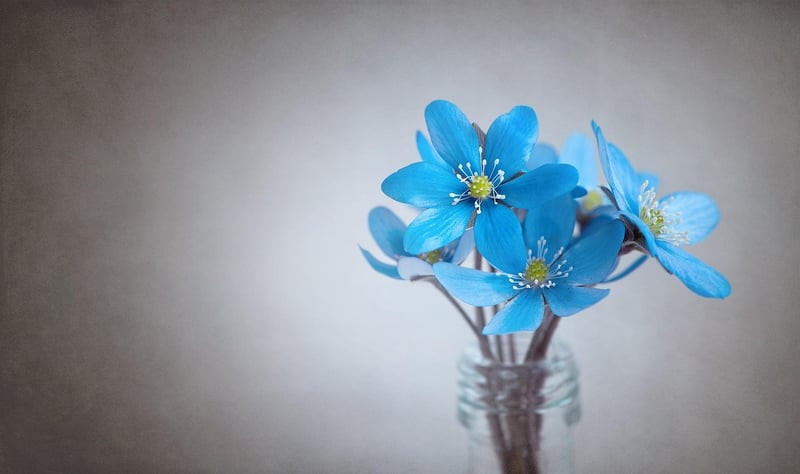
The Flame Lily, with its vivid red and yellow petals, is named for its fiery appearance. This striking flower symbolizes passion and intensity, much like the fire-breathing beasts of legend.
Exploring the connection between mythical creatures and plants adds a layer of enchantment to the world around us. Whether in stories or our own gardens, these botanical associations spark our imagination and connect us to the wonders of nature.
